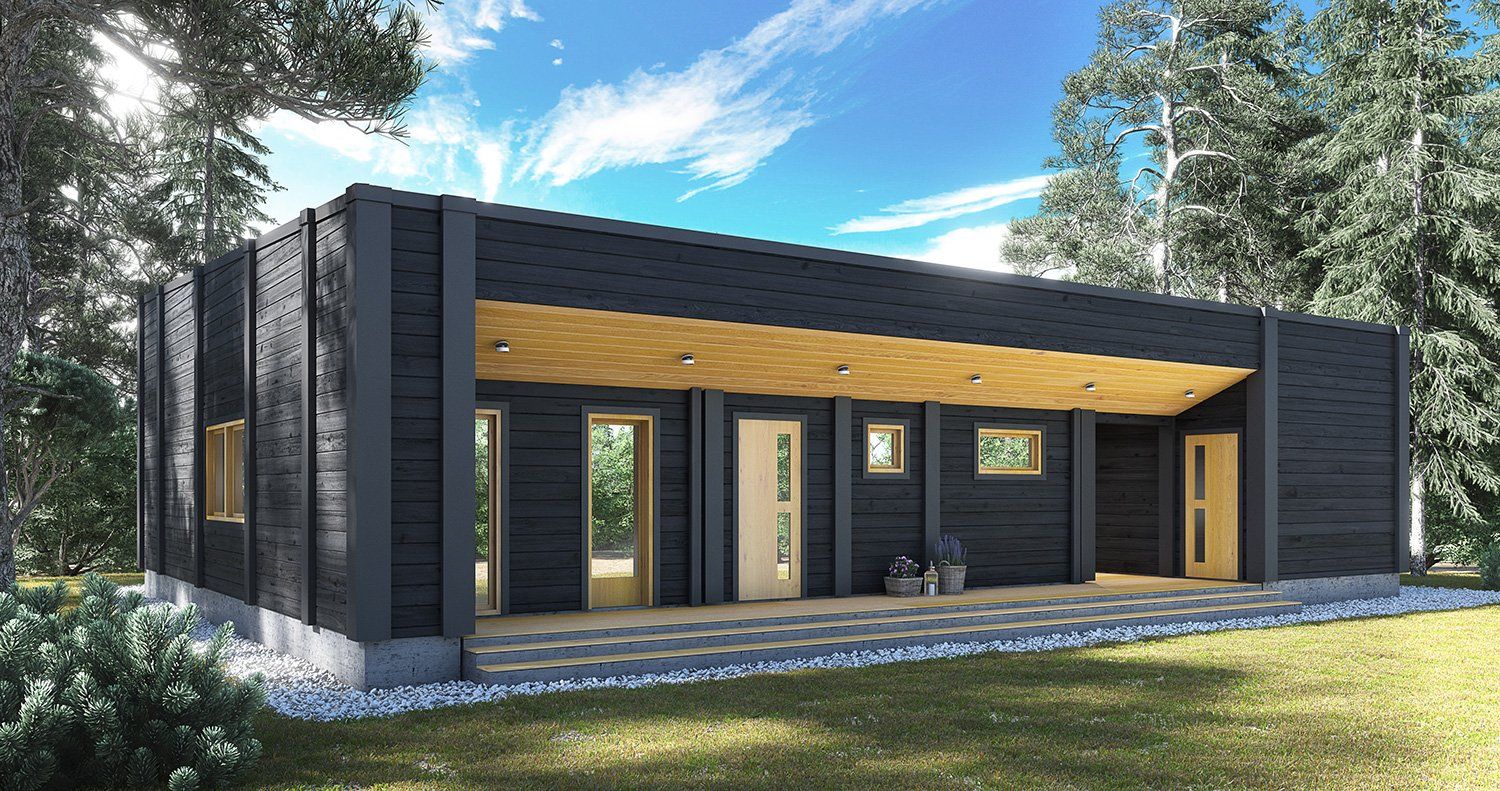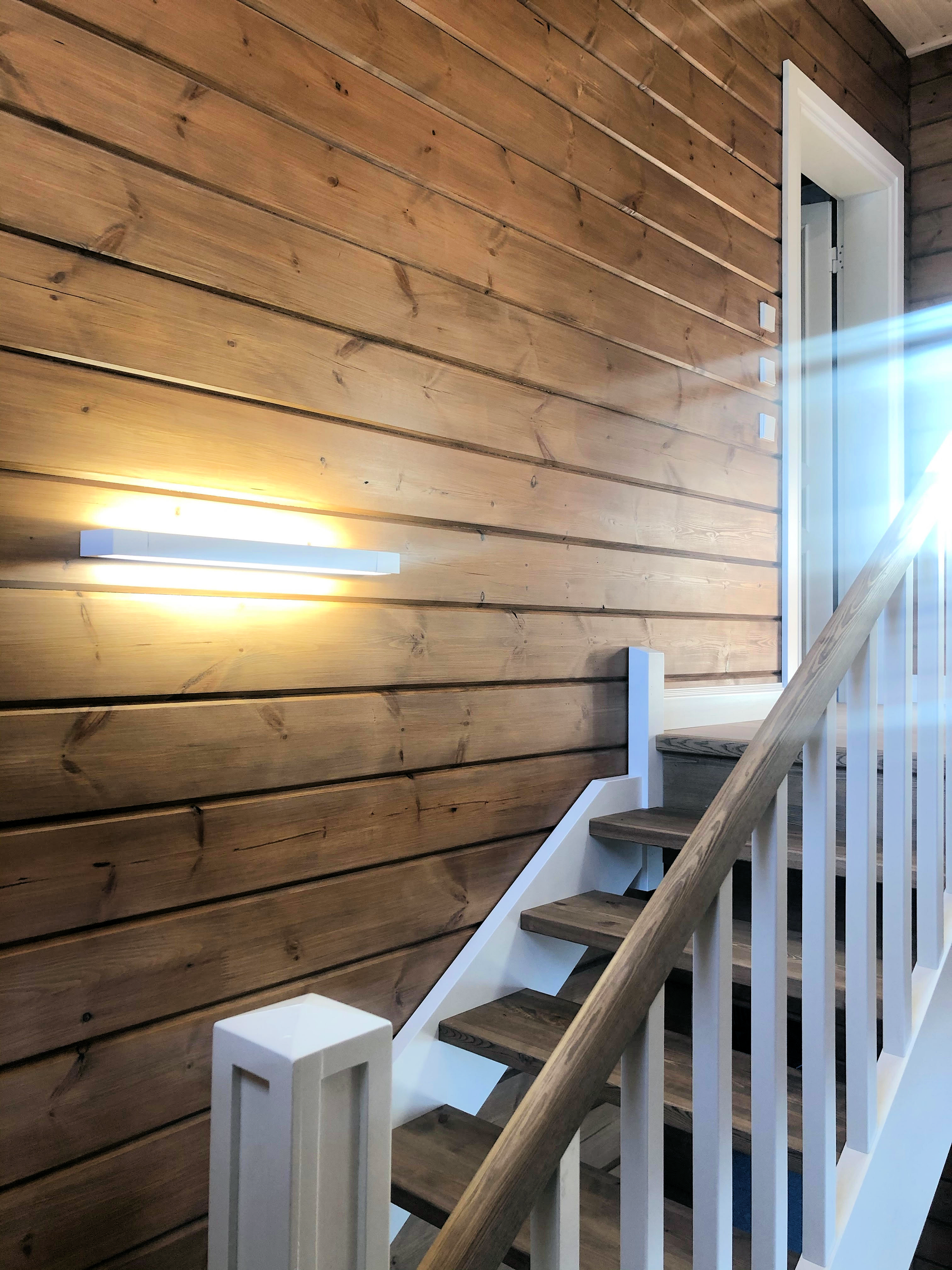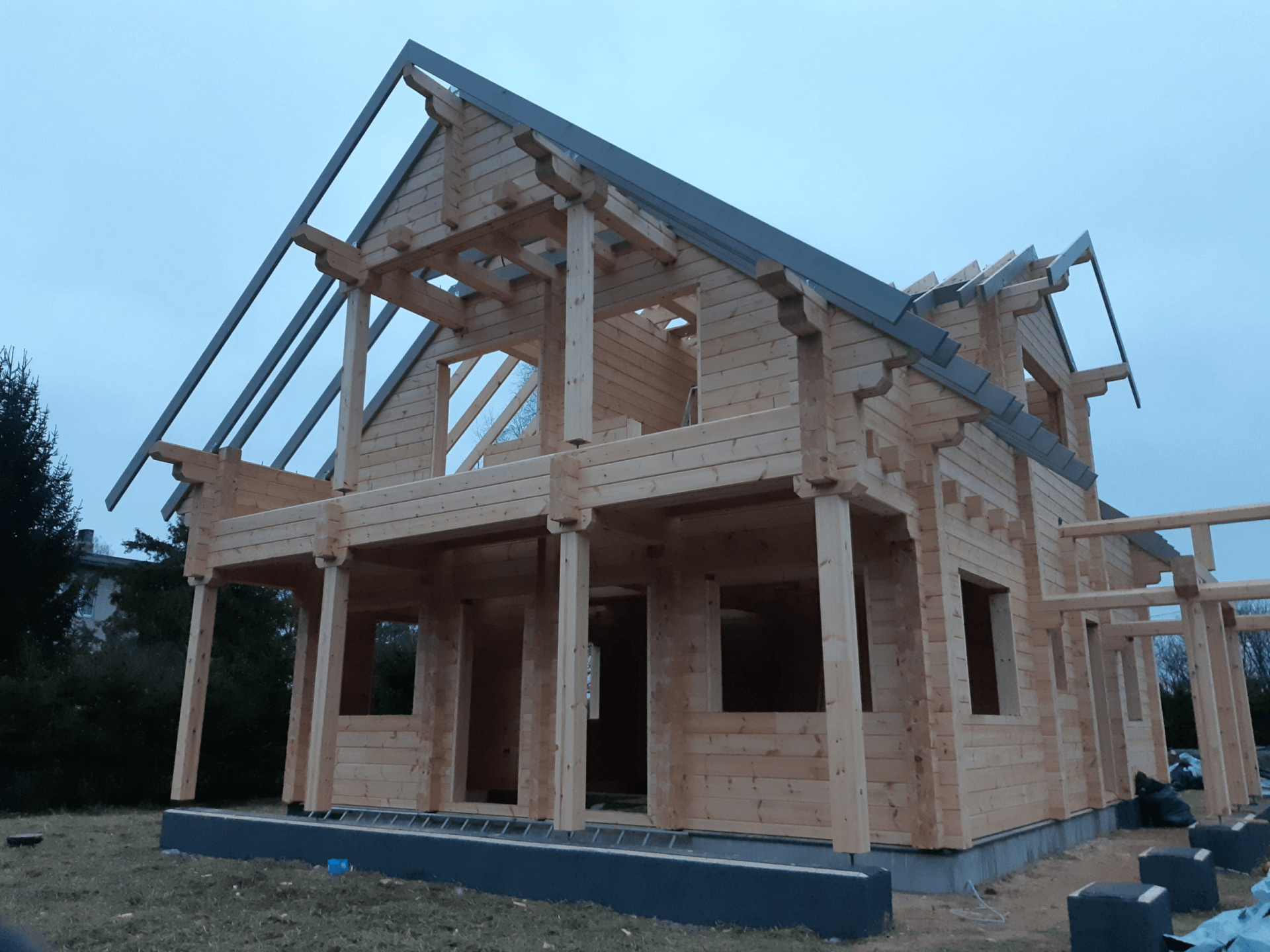Design Process
The design process can be a tough process to navigate, especially if you have had no experience in areas such as design, planning, and building.
As planning outcomes for the same building can vary across different local authority areas our first recommendation would be to engage the services of an experienced local expert who, using their local knowledge, can significantly enhance the chances of success for your project.
But, we are also there to support you and your specialist
Design excellence - outside and in.
The Design Process
We work with you to come up with the very best solutions for your requirements!
01
Choose
Select your design from our collection of stunning log homes and buildings as holiday lodges, homes and offices or go fully bespoke and see your home designed your way by our experienced team.
Draw up a list of your requirements, plot details, access, placement, room usage, etc.
02
Walk Through
03
Design
Taking your ideas and needs into account we will produce drawings and plans to enable you to visualise your desires. From here we work towards completing the design phase.
At this point if planning permission has not been sought then you should have sufficient information to submit your application which we will help you with.
04
Contract
Having finalised and agreed your requirements we enter into contract with you at which point we will require a 50% desposit as all buildings are made to order. Manufacture takes 12-16 weeks depending on building, type and production schedules.
05
Site
Depending on the contract type i.e. supply and build onto a prepared base or turn-key where we undertake all of the works with the exception of the base foundations, we will arrange a start date with you and manage the programme using our own labour - keeping you informed and involved throughout.
06
Completion
If this project is to be your future home then we welcome you with Bread and Salt - this is a local tradition in Estonia and should be the amongst the first things brought into your home.
The bread - so you never experience hunger.
The salt - that your life be full of flavour.
And of course, some fizz and flowers, from us, to you.
We'll guide you through planning, building regulations & building control
The planning process can seen to be something of a minefield but gaining approval for a timber log building should not be any more complicated than for any other type of building, be it brick, concrete, timber frame, etc.
Our helpful guide will take you through the Planning Process and provide useful pointers as to how to ensure first time success.
For log homes for the holiday sector the process is simpler from the perspective of Building Regulations and Building Control.
However, for family homes the process becomes more involved as Building Regulations and Building Control play a key role.
Desires I Wants I Needs
First Steps...
Our helpful guide will take you through the Planning Process and provide useful pointers as to how to ensure first time success.
For log homes for the holiday sector the process is simpler from the perspective of Building Regulations and Building Control.
However, for family homes the process becomes more involved as Building Regulations and Building Control play a key role.New paragraph
Soil Types
As a prelude to considering the type of foundation required for your new timber log building you need first to establish the soil type present on your site. Worth noting here that Building Regulations cover foundations.
Getting this wrong can have disasterous results arising from settlement and shrinkage, in a traditionally built home this could lead to cracks and even subsidence - a less likely scenario for a timber log building but it still pays to take professional advice in he first instance from a specialist soil engineer or a local groundworks specialist as a part of the planning process - check our our Planning Guide for further information.
Below we provide a brief oversight of the soil types that you might find across the UK but you can also download our Guide on Soil Types and Foundations.
01 chalk
Chalklands are predominant across the South East, extending down to the Dorset coastline.
Typical base construction here might favour raft or ground screws.
02 clay
Building on clay can be difficult because it is susceptible to fluctuations in level due to changes in moisture content. It's found mostly in the valley's of chalklands.
Raft foundations may still be suitable but you might here have to resort to trench fill and strip foundations, ground screws might be an alternative?
03 filled ground
Filled ground, this can include reclaimed land in any form, quarries, industry or land reclaimed from the sea for farming and building on. This soil type can be found across the UK.
It can present problems for building on and will certainly require specialist advice - all foundation types might be a requirement, including piles.
04 firm over soft clay
This soil type presents special difficulties as soft clays generally do not support major building structures and so may require deeper strip foundations, or possibly even piling. They are generally found in the South East but can occur elsewhere.
Professional advice should certainly be sought before commencing your project but, your timber log building is a lighter structure so the consequences of building should be somewhat easier.
05 gravels & sand
Found mostly in the South East, stretching up to the Midlands. Strip foundations may be best suited as a solution to your build but seeking professional local advice might offer more cost-effective solutions.
Reinforced aft foundations may still be suitable and likewise ground screws if the soil type is firm, compacted sand.
06 peat
Peat presents its own problems and is not generally suited to building on without digging to firm ground - it can be found across the UK which holds the worlds largest land area of peatlands.
Reinforced concrete rafts might be a solution and likewise piling and as always, professional advice should be sought in the first instance.
07 rock
Limestones, sandstones, granites, shales and chalkk are common across the UK and well suited to building on given their stability.
Excavation to a leval is normally all that is required but, as with all soil types, foundations are governed by Building Regulations for the size and depth of foundations.
08 sloping sites
Sloping sites present their own issues irrespective of soil type and professional advice is an absolute must.
They will require a thorough analysis of soil type and stepped foundations and have a set of Building Regulations governing foundation requirements.

Foundations
It's easy to overlook the importance of the foundations for your log home so it is vital then that you look at this aspect of your project from the outset.
We cannot provide a service for base construction as this is best sourced using local specialists for various reasons - spoil removal, concrete delivery and pouring, etc. That said, we can work with your chosen supplier to ensure that the correct foundations are used.
An increasingly popular alternative to concrete sees the use of ground screws for smaller buildings (typically less than 40 m2) - they save on spoil removal, skips, concrete and can be built on straight away. Raft Foundations are required for larger buildings.
Our guide is available by clicking on the button below, provides an introduction to soil types and foundation types but we recommend seeking professional advice in the first instance.
(Note - we are working on adding this information to our website - email us for further information and assistance)
Reclaiming VAT...
If you are "self-building" a new home for your family or relative or, as a holiday home for your family then it will interest you to learn that you can, subject to compliance with correct procedure, recover the VAT for most materials that are incorporated into your dwelling.
Check out our useful guide by clicking on the button below.





